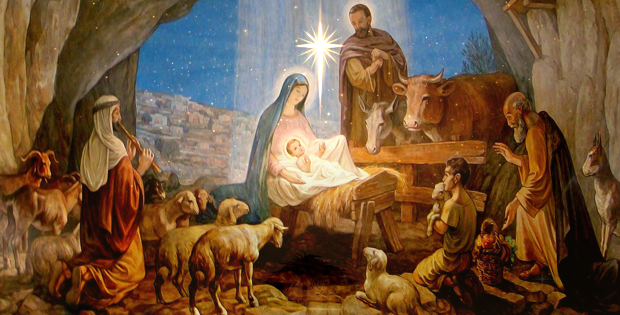Christmas: A Christian or a Pagan festival?


Christmas is in full swing all around the world, and soon we’ll see Indians, especially Hindus donning their children with the adorable Santa hat and fervently celebrating this secular holiday. But do we know how this ritual of celebrating Christmas started? If Jesus was born in middle-east, how he was a Winters native? Why is Christmas observed on December 25th? The answers to these issues are actually quite complex, even for the pagans. Because Paganism and Pagan festivities served as the foundation for the emergence of Christianity and the bogus Santa Claus deception. The aggressive expansionism of Christianity and the constructed narratives used to entice people to the “True Religion” are unknown to today’s idolaters.
Origin
To commemorate the conclusion of the harvest, the Romans observed a holiday called Saturnalia in December. The celebration began with a penance at the Temple of Saturn in the Roman Forum, followed by a public feast, continuous celebration, and a carnival-like atmosphere that defied Roman custom. Singing, dancing, gambling, and even transvestism were all part of the Festival. The Saturnalia had an immediate effect on the Christmas and New Year’s celebrations. The fact that Christmas was celebrated on the day the unconquerable sun was born (kicks the bucket Sol Invictus) gave the holiday a foundation centered around the sun. The fact that Christmas was celebrated on the day the unconquerable sun was born (kicks the bucket Sol Invictus) gave the holiday a sun-oriented foundation and made it associated with the calendar (January 1, the Roman New Year), when homes were decorated with greenery and lights and gifts were given to children and the less fortunate. As a result, the “Birth of the Son” replaced the “Birth of the Sun” (Son of God- Jesus).
The Germanic tribes historically observed a celebration called Yule in Northern Europe. Researchers have connected the Wild Hunt & the Viking God Odin with the early Yule rituals. When the winter solstice arrived, Yule was celebrated. The festivities featured bonfires, holly, mistletoe, and evergreen tree boughs for decoration, ritual sacrifices, feasts, and gift-giving. Yule customs provided the inspiration for many Christmas traditions. from oral stories to feasts, folklore, and myths. Yule was reformulated into Christmastide after being divorced from its pagan origins and becoming Christianized.
The orthodox Christians declined to participate in these pagan celebrations after Christianity conquered Europe in the fifth century. Therefore, in order to convert these pagan holidays into Christian festivals, the Church made up myths about the birth of Jesus (which cannot have occurred in the winter as suggested by the Gospels).
When the Puritans arrived in America, they decided to outlaw Christmas because they thought it had no place in a Christian nation. Christmas celebrations in certain American villages also resulted in severe fines. Due to this, until the 19th century, Christmas was not very well-liked in America.
Even today when we surf the internet the biblical sources available deny Christmas as a pagan festival. It is mentioned that In an effort to convert pagans to Christianity, the Catholic Church itself has acknowledged that they intentionally chose Jesus’ birthday to coincide with the Mithra festival. And that is but one illustration of this practice. Contrary to what God instructed in the Bible, the Catholic Church’s activities have made it so that paganism persists in every aspect of our society.
God gave the Israelites instructions on which festivals to observe in Leviticus 23. It should be noted that neither Christmas nor even Easter is mentioned. Consequently, these celebrations are not biblical.
DISCLAIMER: The author is solely responsible for the views expressed in this article. The author carries the responsibility for citing and/or licensing of images utilized within the text.
